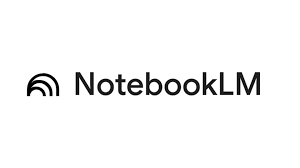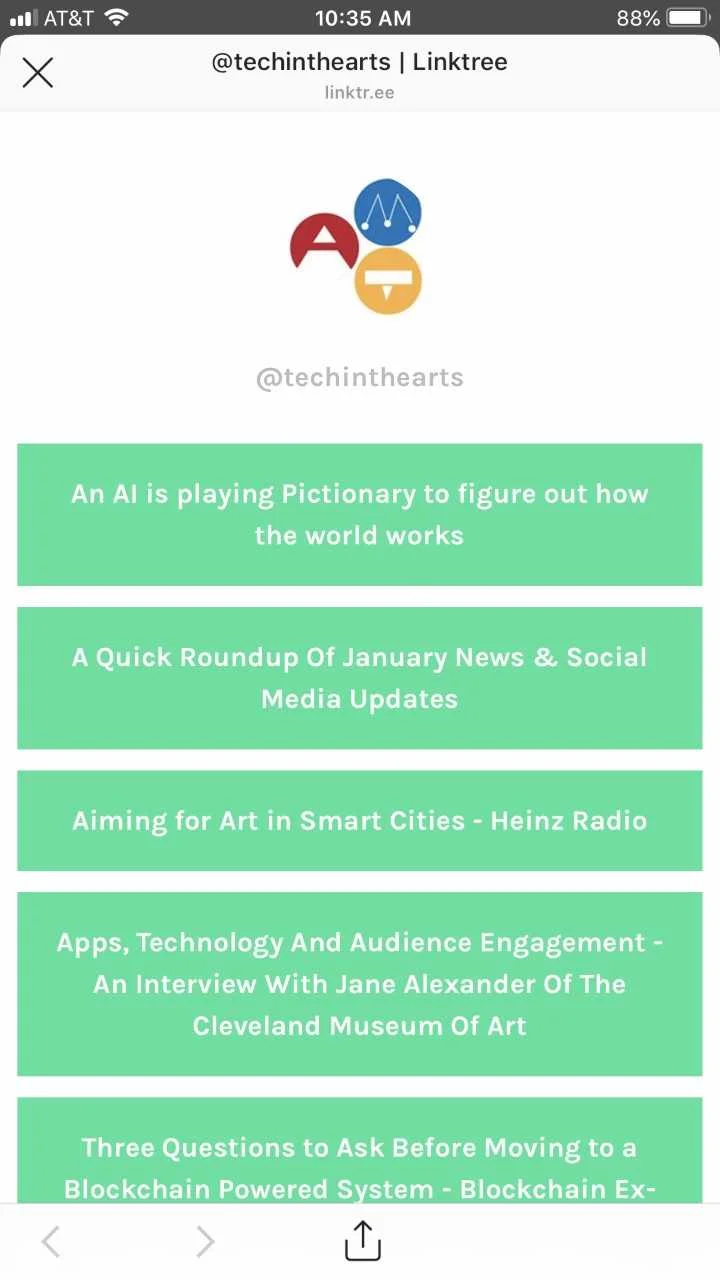When considering how technology can improve and increase audience engagement with art, many immediately think of technology can be applied in house to create a more participatory experience. Yet, audience engagement can continue even when the audience is not in the museum. How can an arts organization engage with visitors even when they are not physically in the institution?
“The Creativity Code” : Is AI taking Over Creative Industries?
Marcus du Sautoy, a British mathematician, wrote The Creativity Code, a thought-provoking book that examines the nature of artificial intelligence in the creative industries. The Creativity Code explores AI in art, mathematics, gaming, music, and writing. One question persists throughout: “Can AI complete creative tasks better than humans?”
Looking to Comic Book Distribution Methods for New Way of Applying Browsing Systems and Animated Viewing Experiences
The comic book industry has been utilizing technology to create novel distribution pathways for many of their materials. By examining their solutions arts organizations may gain inspiration for ways to archive their textual or print works, and create interactive and engaging way for audience to appreciate the artworks.
All-in-one Project Management with monday.com
Wick Editor: Create Animations with Coding
Breaking Barriers in Music Education with Chrome Music Lab
Seven Ways to Tell Your Place-Based Story: A Review of Esri’s Story Maps
Need an Easy, Free Vehicle to Drive you Instagram Audience to your Website? Linktr.ee may be the Answer.
While Instagram may be one of the most popular social media platforms, it lacks a convenient link-sharing within an individual post. Fortunately, there are tools available to circumvent this issue.
Art on the Go with Adobe Photoshop Sketch
Adobe Creative Cloud’s Photoshop Sketch is a mobile and tablet app that allows users to create expressive, digital drawings on the go. Artworks are created through the use of “natural” tools, such as pens, pencils, markers, and watercolor brushes, which are designed to interact naturally with the digital canvas to mirror the texture and blending effects rendered when working on paper.
Amadeus Code: Brave New World of A.I. Music Generation
Japanese startup Amadeus Code, an “artificial intelligence-powered songwriting assistant,” is the latest app that is riding the wave of A.I. art-generation. The algorithm scans a diverse database of popular music from the past 500 centuries (in theory - the earliest song this reviewer discovered was Schubert’s “Ave Maria” from 1825) and allows the user to specify the note range and length, drama, familiarity, and era. The app then creates a unique instrumental harmony based on these specifications, drawing inspiration from songs that have similar characteristics.














